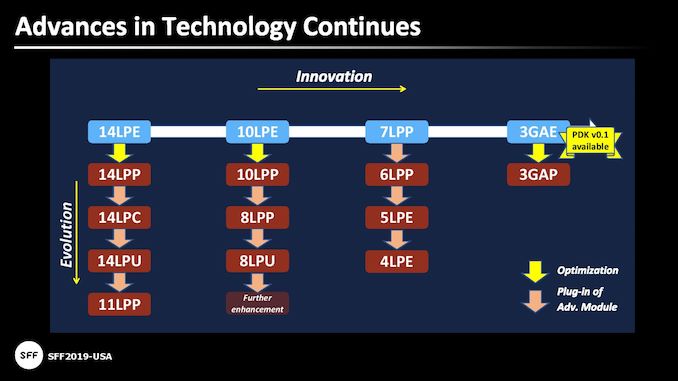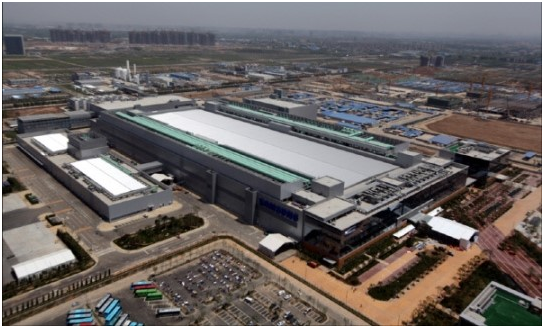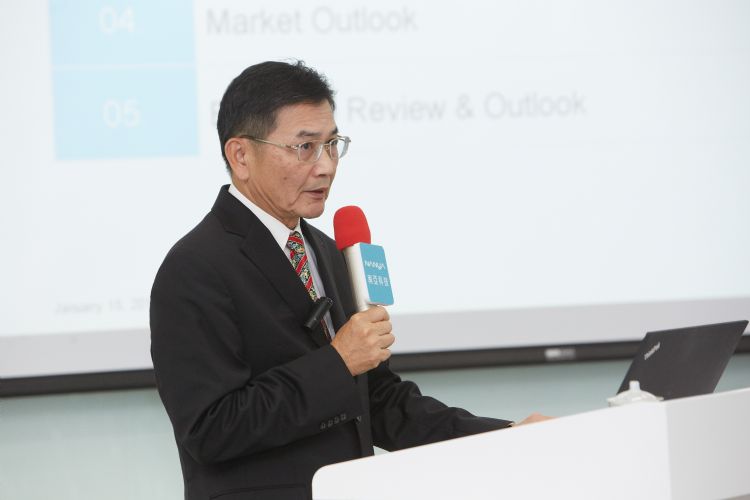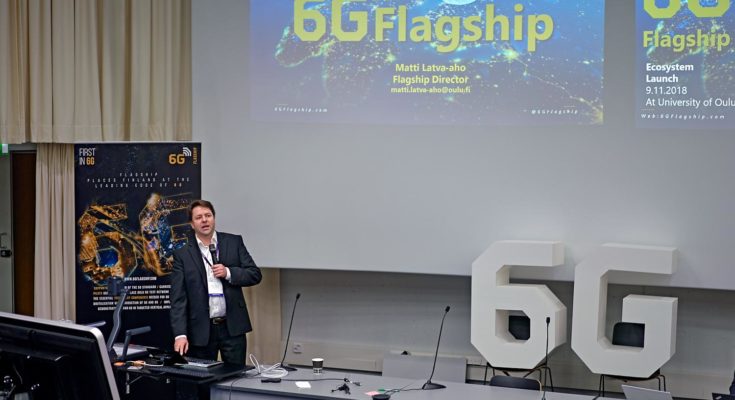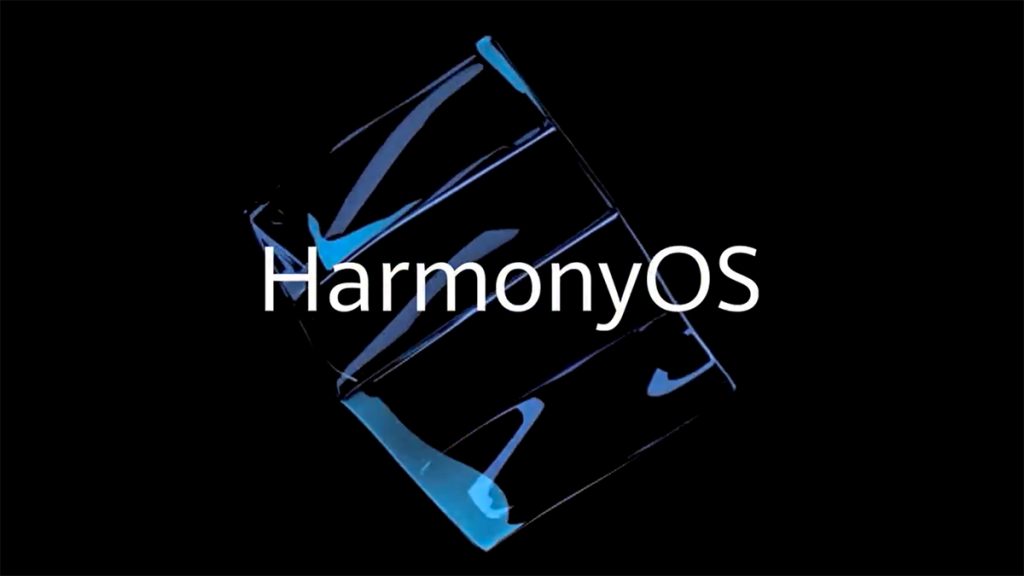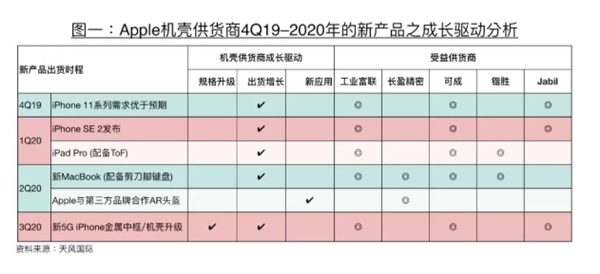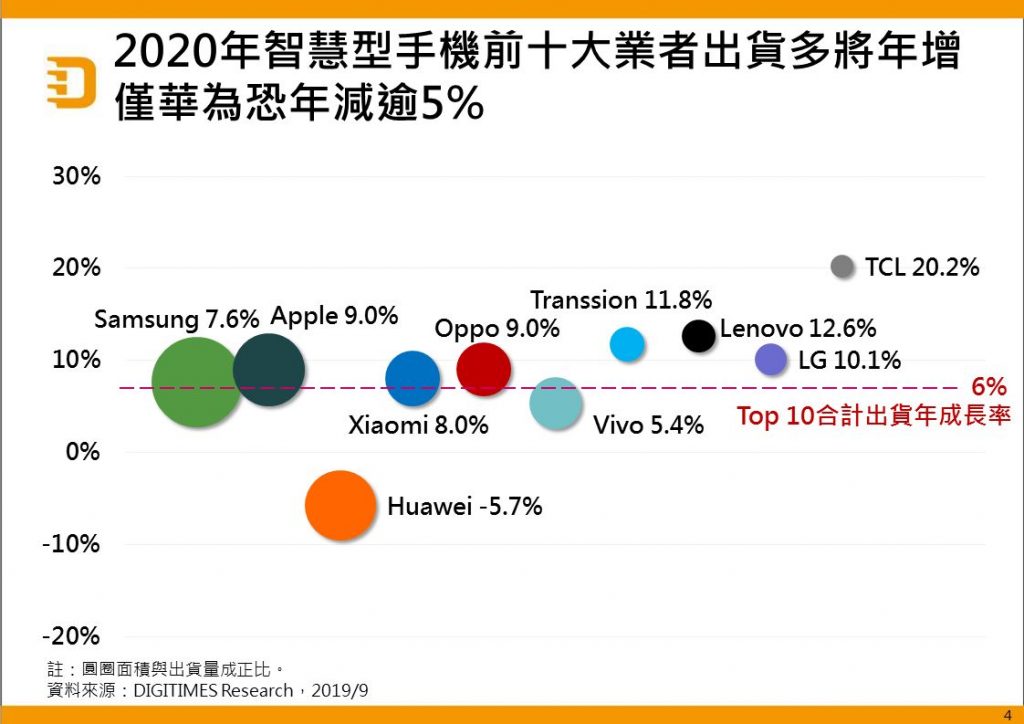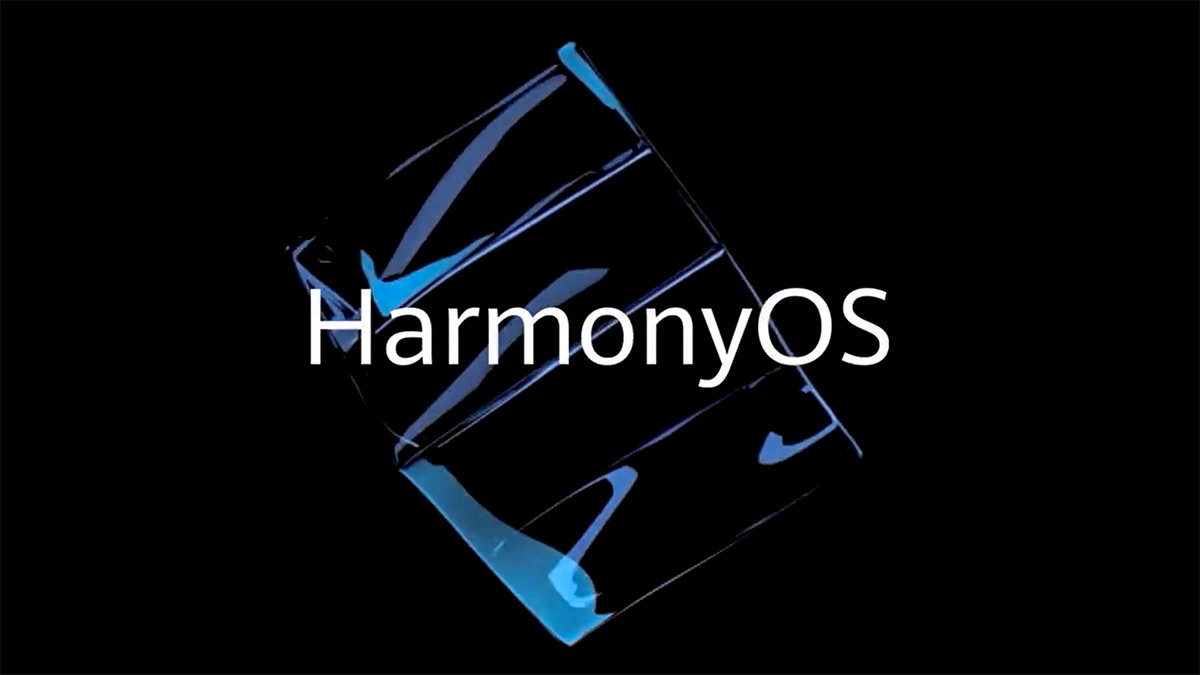
10-14: China’s handset vendors are expected to embrace more aggressive pricing strategies; Samsung Electronics is reportedly planning to slightly increase its CAPEX for memory chip facilities in Xi’an; etc.
Chipsets
ARM, Synopsys, and Samsung Foundry have developed a set of optimized tools and IP that will enable chip designers to build next-generation SoCs based on Arm’s Hercules processor cores on Samsung’s 5LPE (5 nm, Low Power Early) node faster. The three companies expect the tools and IP to be used by designers of SoCs for a wide variety of applications. (My Drivers, AnandTech, Synopsys)
Camera
Xiaomi’s new patent has 4 designs, which place the dual-front cameras at the top edges of the smartphone. The major difference between three of these designs is the way the bezel curves around the camera sensor. (GizChina, Tiger Mobiles, IT Home)
IHS Markit has listed their estimate of camera technology upgrade in 2020. (IHS Markit report, IHS Markit report)
China’s handset vendors including Huawei, OPPO, vivo and Xiaomi are expected to embrace more aggressive pricing strategies to enhance the competitiveness of their entry-level models and expand their market shares globally. In order to lower production costs for some specific orders for entry-level models, some handset brands have given camera module suppliers the rights to procure needed lenses for their modules so long as the lenses meet the clients’ requirements. (Digitimes, press, Digitimes)
Memory
Samsung Electronics is reportedly planning to slightly increase its capital expenditure (CAPEX) for memory chip facilities in Xi’an, Shanxi Province, China, in 2020 to USD6.50B (KRW7.78T). Samsung has been mass-producing the first-generation V-NAND flash memory in its first Xian plant, which was completed in 2014. However, the company signed a MOU with the Shanxi provincial government in Aug 2017 to build a second plant as NAND supply was not enough even after it fully operated the first plant. It announced plans to invest USD7B (KRW8.38T) for 3years until 2020 at that time. (CN Beta, Business Korea, Asia Nikkei)
Bolstered by stable shipment increases, DRAM prices are likely to rebound in 1Q20 at the earliest after staying flat or experiencing slight fluctuations in the preceding quarter, according to Nanya Technology president Pei-Ing Lee. (Digitimes, press, Digitimes, China Times, Longcore)
Connectivity
Novaco Microelectronics has received CNY50M in angel round financing, and the investor is Difeng Investment. Novaco is a high-tech enterprise in the design of RF microwave integrated circuits, which specializes in GaAs/GaN material process, device design, modeling, DOE and microwave circuits, component development, proficient in the whole process of IIIV compound semiconductor product development. (Laoyaoba, China IPO, The Capital)
6G is the next step which will therefore make the current 5G obsolete. According to Mika Rantakokko, a developer at the head of the 6G development team, the connection revolution will be so great that it will succeed in creating an almost complete fusion between real and digital. (GizChina, Hacume)
Phone
Alphabet unit Google is challenging the European Commission’s EUR4.34B (USD4.8B) fine and an order to drop anti-competitive business practices aimed at blocking rivals in internet browsing at the Luxembourg-based General Court. The court has allowed Android phone maker Gigaset and HMD Global Oy to intervene in the lawsuit. (CN Beta, Bloomberg, Live Mint, Reuters)
The founder of Huawei Ren Zhengfei has revealed that he believes the company can develop its in-house operating system Harmony into the equivalent of say, Apple’s iOS, in less than 2~3 years. Harmony is unveiled in Aug 2019, marking what some call Huawei’s biggest push yet to build its own software ecosystem for the era of the internet of things. (My Drivers, Gizmo China, GizChina, Huawei Central, China Daily)
TF Securities analyst Ming-Chi Kuo predicts that Apple will launch the iPhone SE2 in 1Q20, optimistic about the suppliers Foxconn Industrial Internet (FII), TSMC, Catcher Technology, Goertek, etc. He predicts that the price of the iPhone SE2 will start from USD399. It is expected to attract the existing iPhone 6/6S of about 170M~200M users. He also points out that the current upstream industry chain is preparing of 2M~4M units of monthly production capacity, and estimates that iPhone SE2 will ship more than 30M units in 2020. (TF Securities, CN Beta)
Global smartphone shipments are expected to grow at a CAGR of 3.8% during a 5-year forecast period from 2019~2024, driven by replacement demand for entry-level smartphones in emerging markets and commercialization of 5G networks, according to Digitimes Research. Smartphone shipments will start recovering in 2020 and forward after 2 consecutive years of declines in 2018-2019, with prospects to reach over 1.5B units in 2022 and 1.6B units in 2024, Digitimes Research estimates. (Digitimes, Digitimes, press)
